FEAR NOT, COMPOST MAKER
Too Many “Don’ts”
Pity the beginning gardener who dares to read about how to make compost. (Please dare to read on, in this case, even if you are a beginner.)
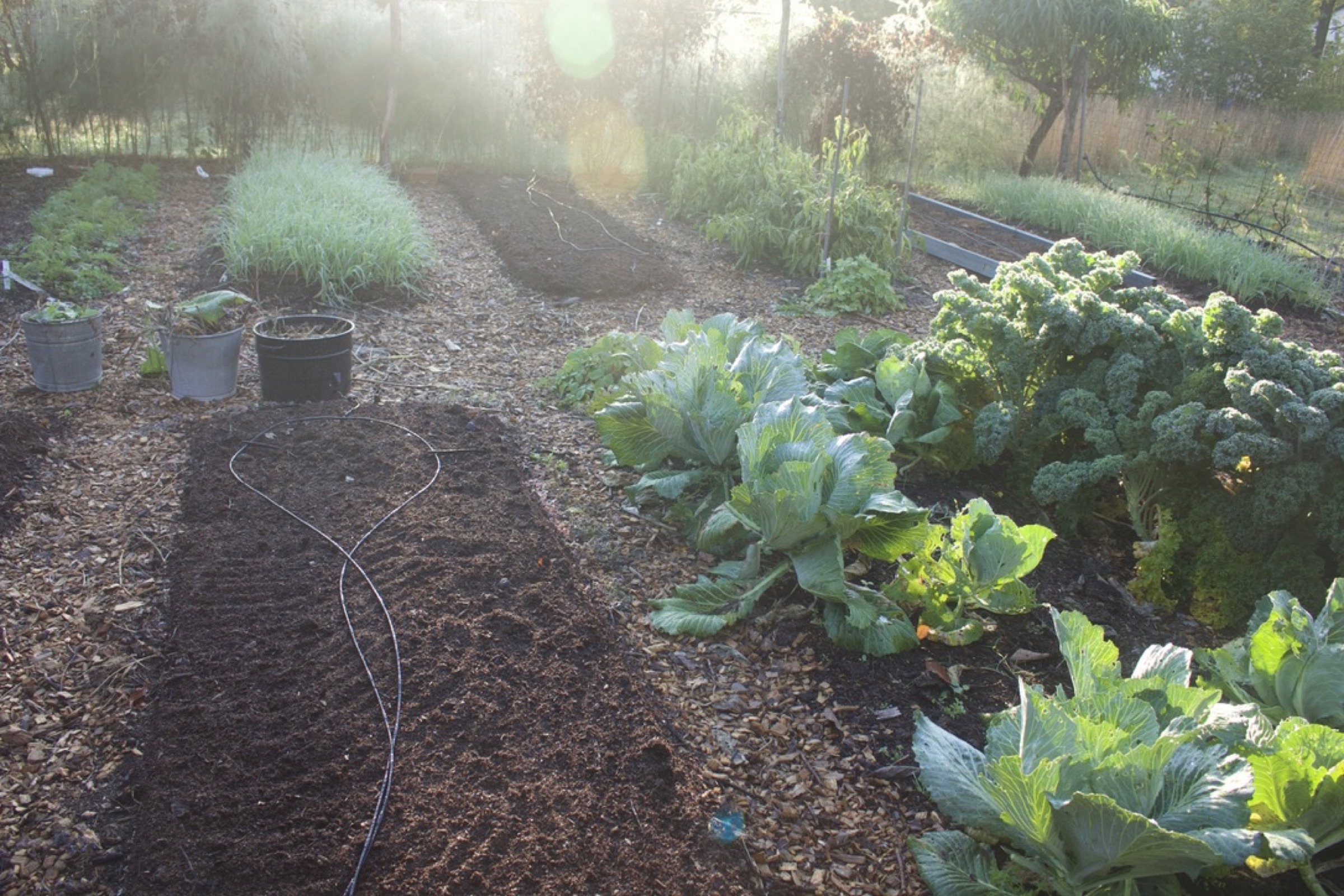
Compost, good stuff for your garden
What novice could not be intimidated by the complicated instructions often given, as well as alleged. Or what about the need for exotic or hard-to-find ingredients. When I was a novice, I read too many British gardening books and almost tossed in my pitchfork and gloves in despair trying to find soil for my compost pile. Yes, soil!
True, soil is almost everywhere. But many of those British “authorities” recommended laying down a one to two inch blanket of soil on top of every foot or so of other ingredients. I planned on making lots of compost. Where could I get all that soil?! Hand dig a pond?
I have since learned that soil is a nice, but not necessary, addition to a compost pile. My compost piles still get soil, but only sprinklings. And not always, except for being what I do with old potting mix and any soil still clinging to roots of pulled weeds and spent vegetables and flowers.
It’s All Good
Instructions that caution against composting diseased plants or plant parts are among those most likely to steer anyone back to using plastic trash bags or kitchen Insinkerators. The same could be said for warnings against composting plants or plant parts harboring insect pests. You might similarly be instructed to keep weeds out of your compost piles. Is any of this possible or desirable?
Unless you regularly douse your property with a slew of insecticides and fungicides, you’re unlikely to find any leaves, stems, fruits, or roots that do not host at least some insect or disease pest. You might find a clean leaf here and there, but nothing in quantity, and surely nothing worth picking through.
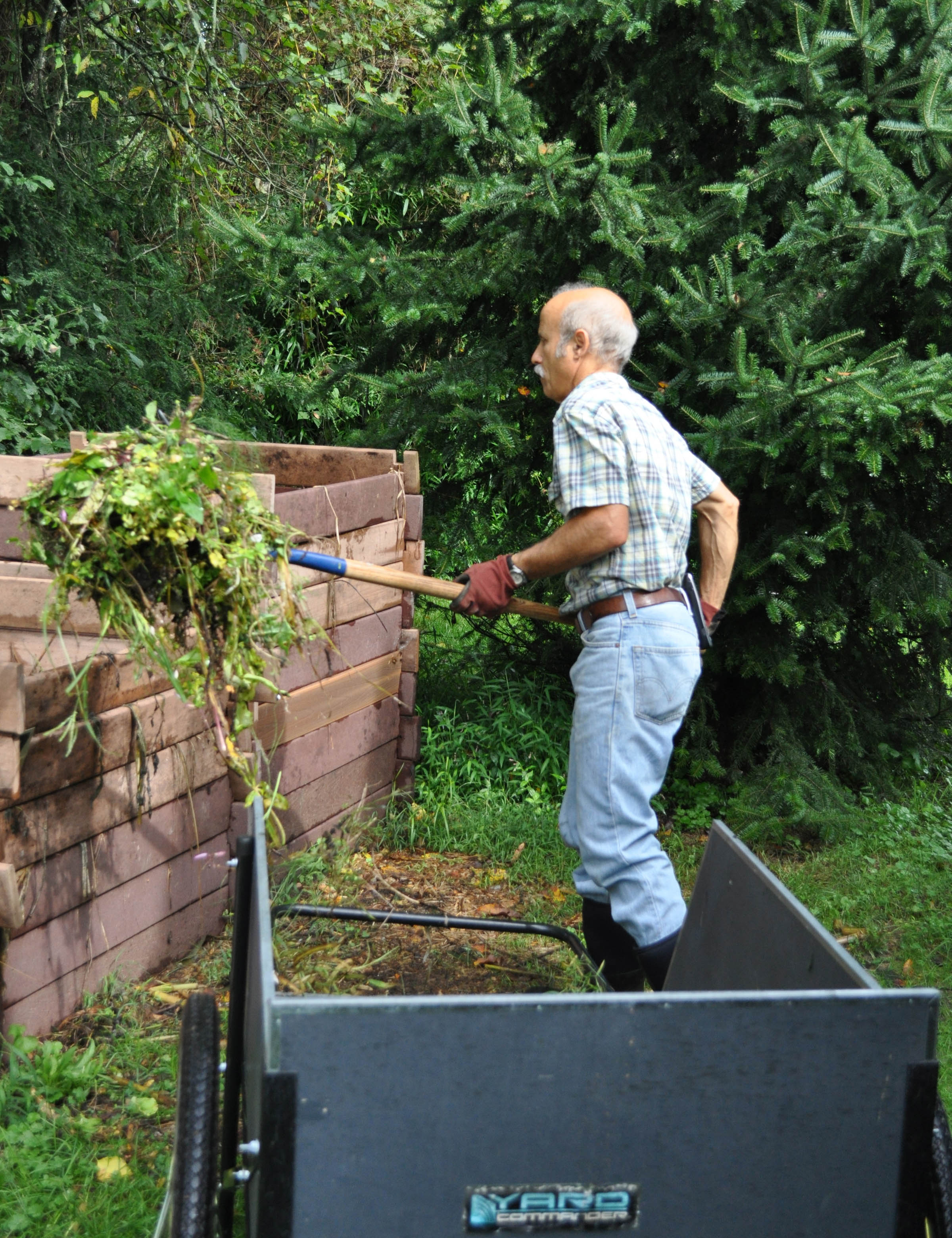
Everything (compostable) goes into my composts
And if you follow warnings against using weeds, you miss out on the sweet revenge of reincarnating them from agents that rob plants of nutrients and water, perhaps also light, into compost. A single teaspoon of compost can harbor billions of beneficial microorganisms, release nutrients for plant growth, fluff up sticky soils, and cling to water in sandy soils.
So I say balderdash to all this talk about keeping pest-ridden plants and weeds out of compost piles. Not because I don’t care about these problems, but because throwing any and all plants into my compost should not — and has not – caused problems.
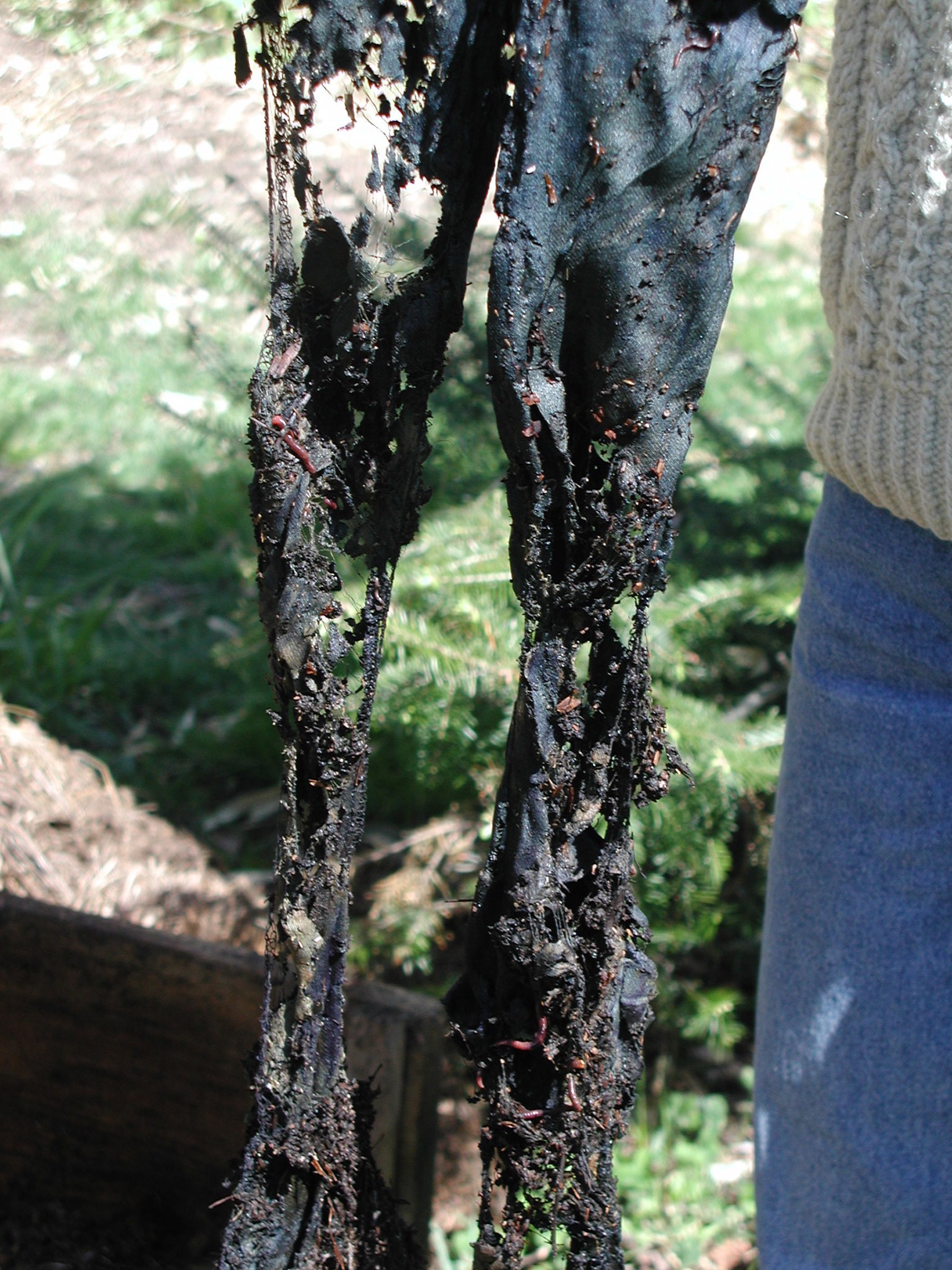
As I said, everything goes into my compost; here are my daughter’s old jeans
Heat or Time
What spells death to insect, disease, and weed pests in a compost pile is a combination of heat and time. Pile up compostable materials in a big batch, with attention to the mix of ingredients, air, and moisture, and intense heat soon follows. The dial on my long-probed compost thermometer has spun as high as 160 degrees, which is hot enough to do in virtually all pests in short order.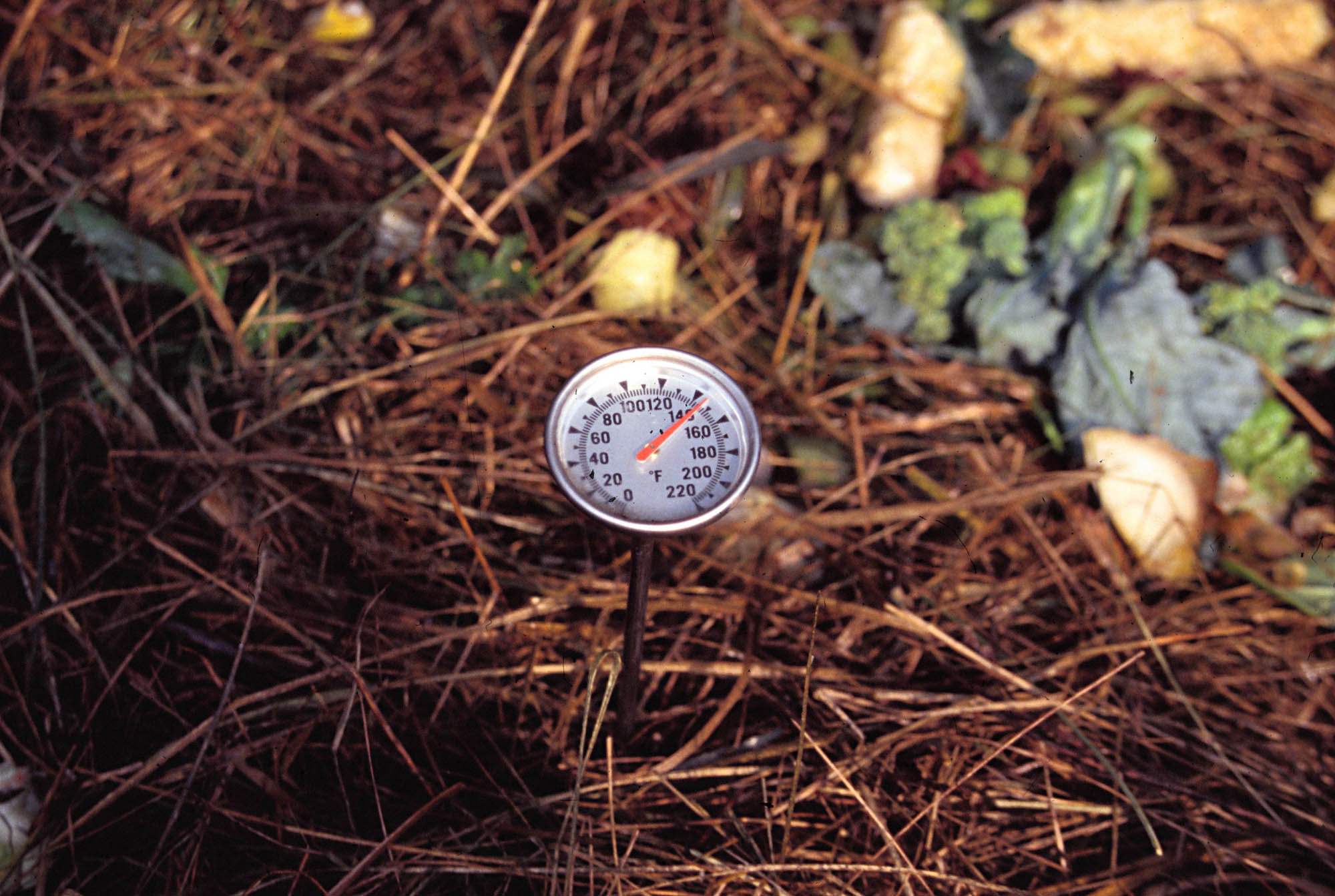
A casually made pile, built gradually over a few weeks, especially this time of year with weather turning cold, will generate little heat. But let any pile of living or once living material sit long enough and it will eventually turn dark brown and crumbly. Along the way, pests will have expired or have been gobbled up by other microorganisms. A week at 100 degrees could have the same killing effect on some pest as an hour at 140 degrees.
Any “bad guys” in the original ingredients that don’t succumb to the heat or work their way in as a pile cools are put to rest by being outcompeted for nutrients, by natural antibiotics, by parasitism, or by predation by an army of fungi, bacteria, actinomycetes and other beneficial organisms. No need to hire these “good guys” in — that is, purchase them; they show up naturally, as needed. Also, no need to purchase special enzymes or other “compost activators.”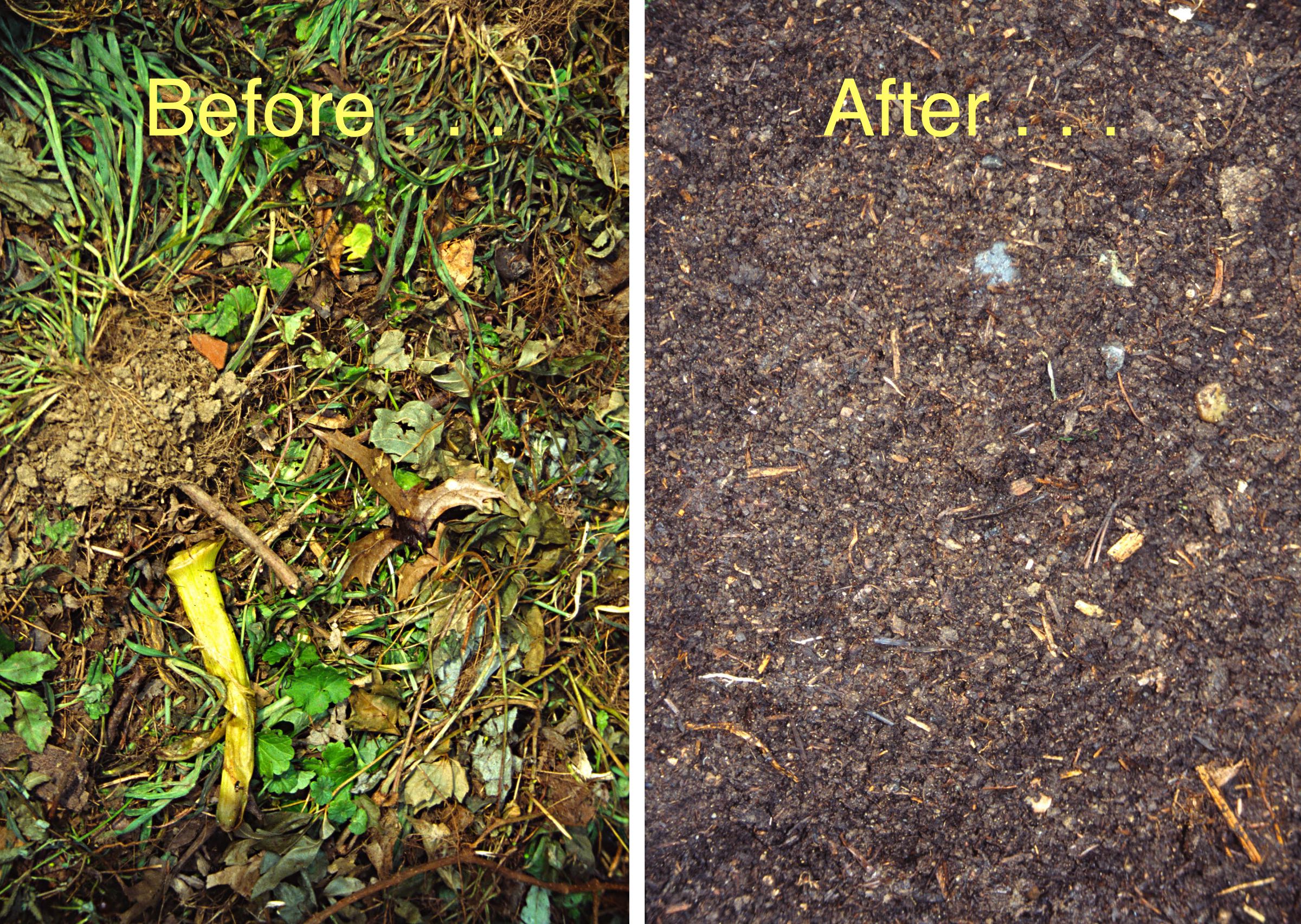
(In my opinion, the most important ingredient in composting isn’t even in the compost. It’s a bin, which could be home made or bought. A bin keeps everything neat, holds in heat and moisture, and deters scavengers.)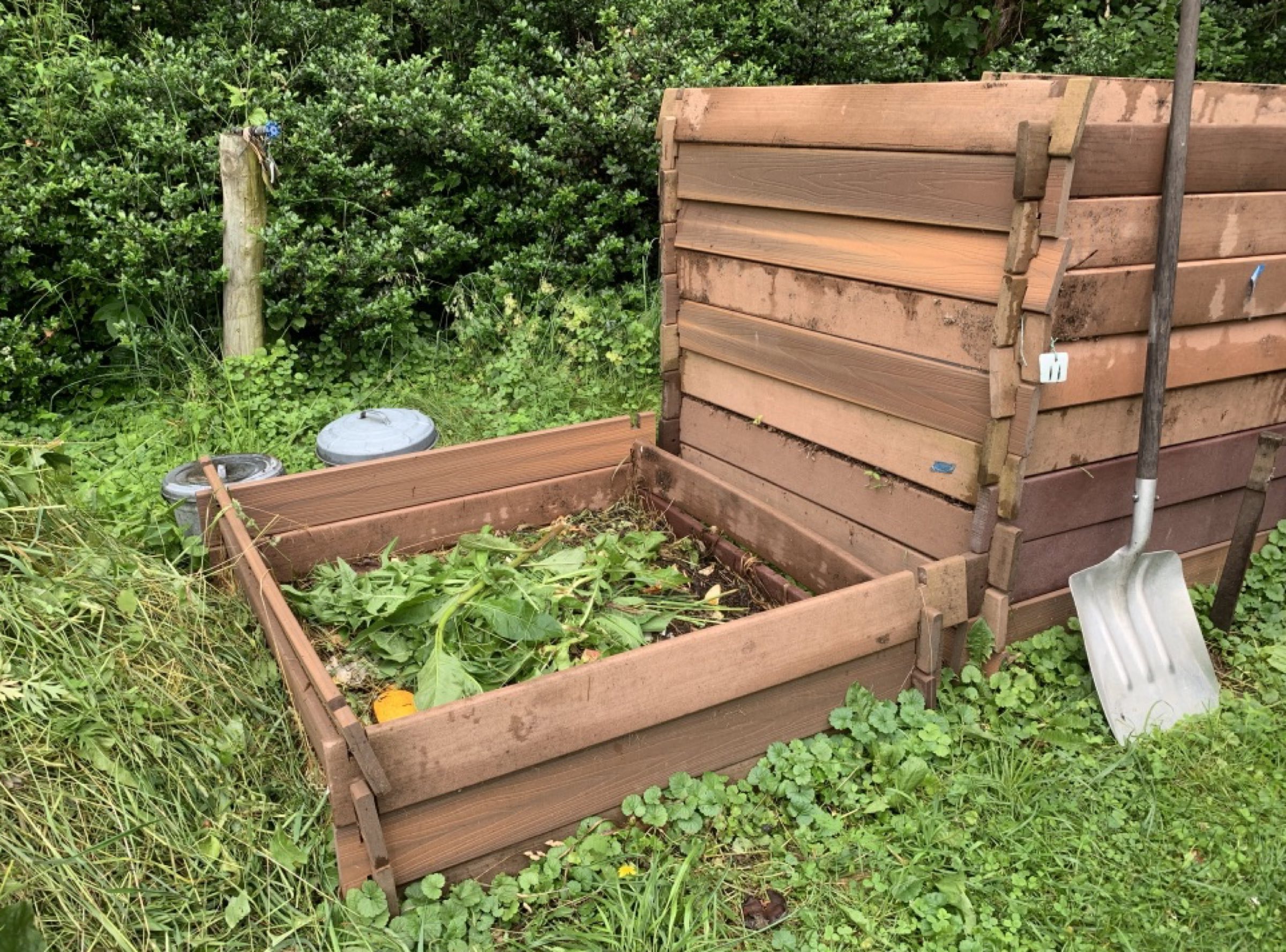
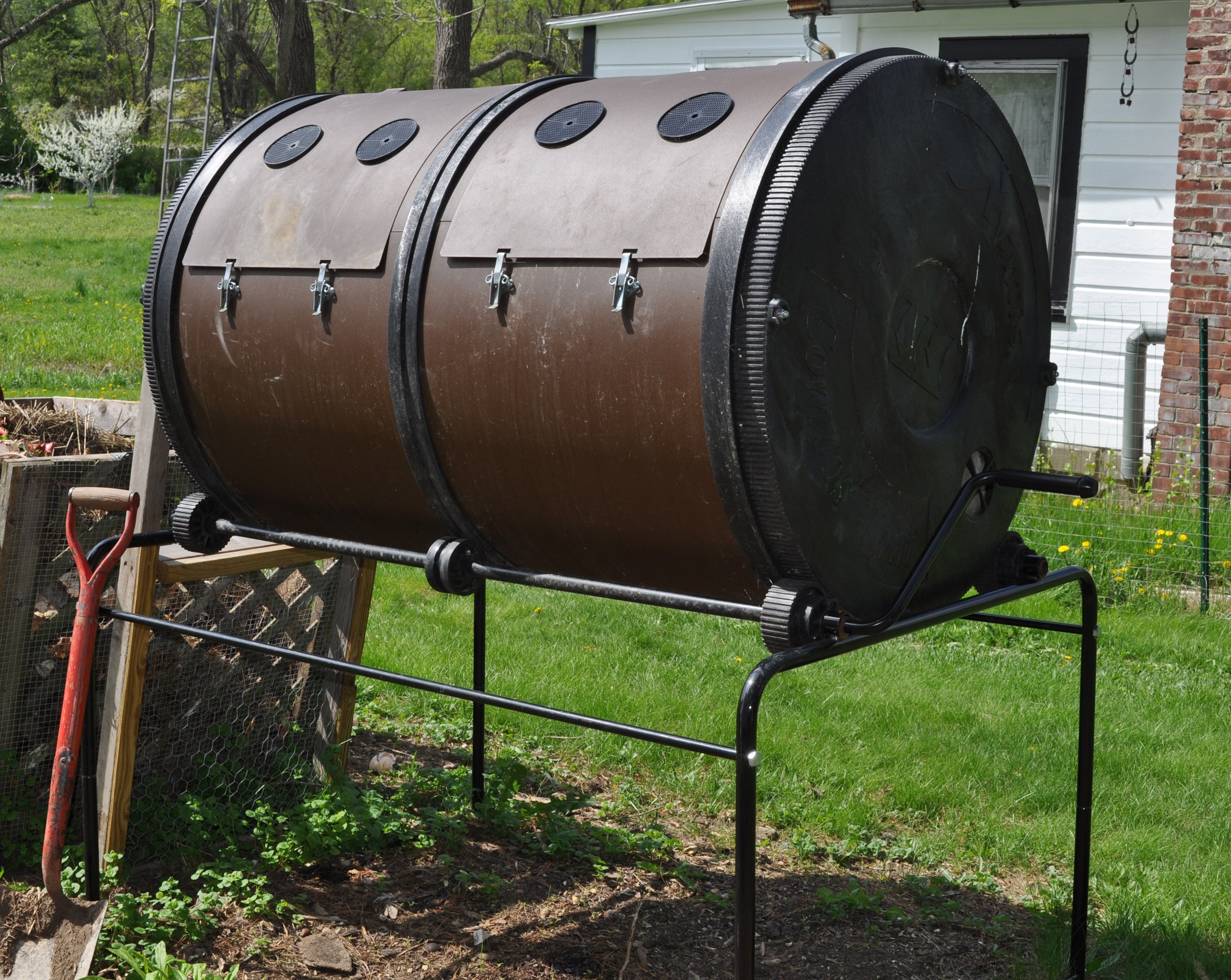
You can’t do much better for your garden than to lavish it with compost. And you need plenty of raw materials to make plenty of compost. Don’t waste any compostable materials — including weeds and pest ridden plants — by carting them away to the landfill or burning them.

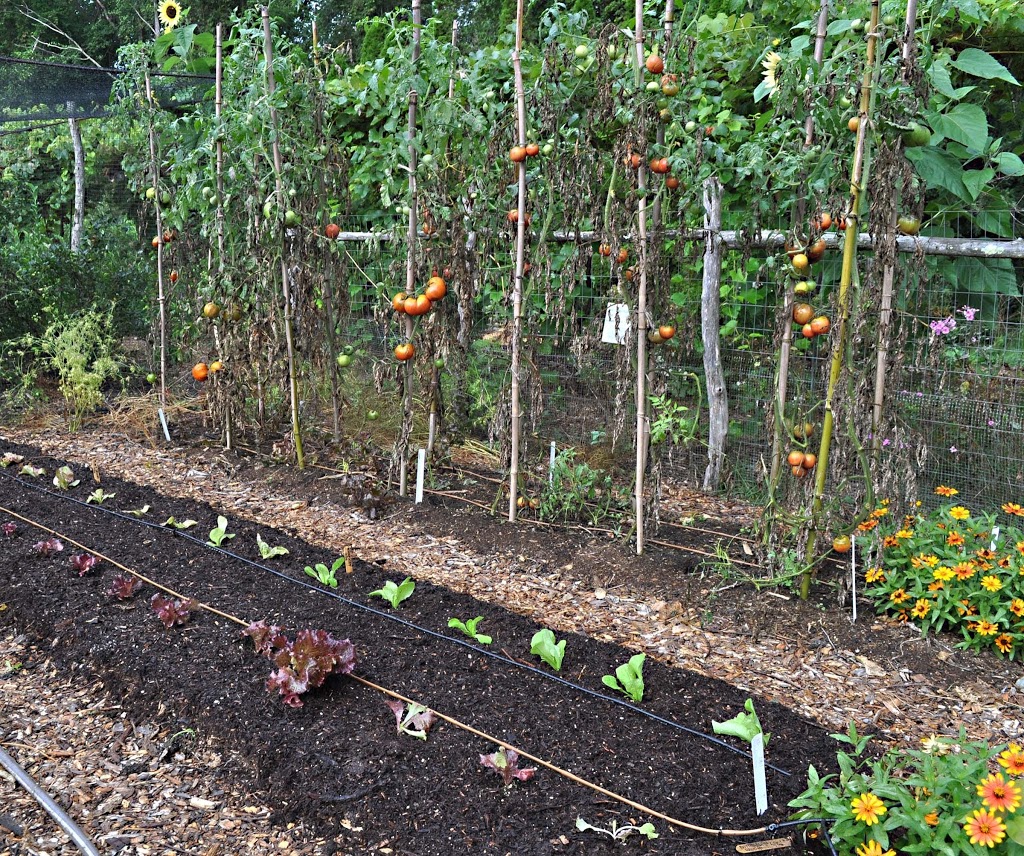

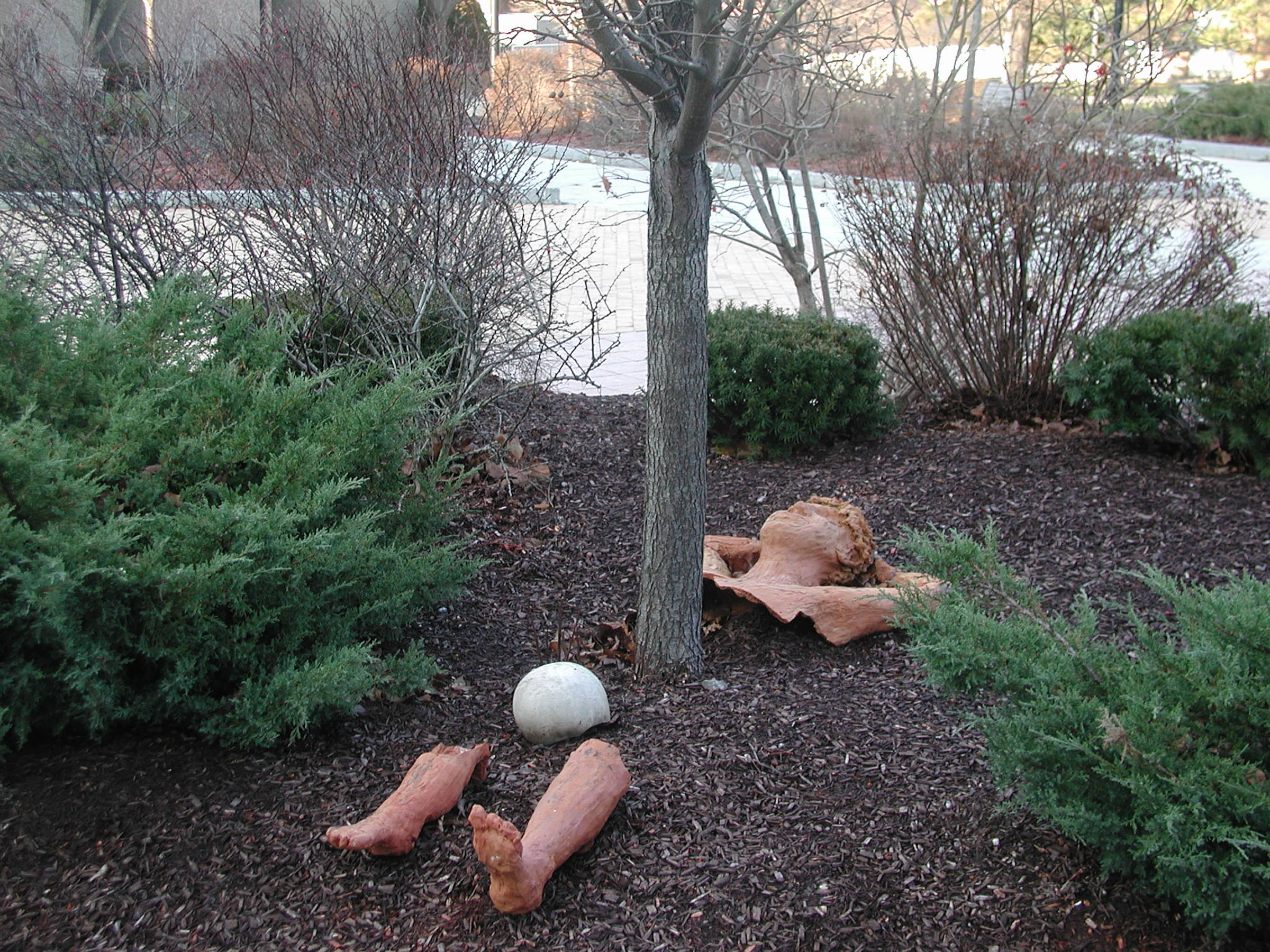
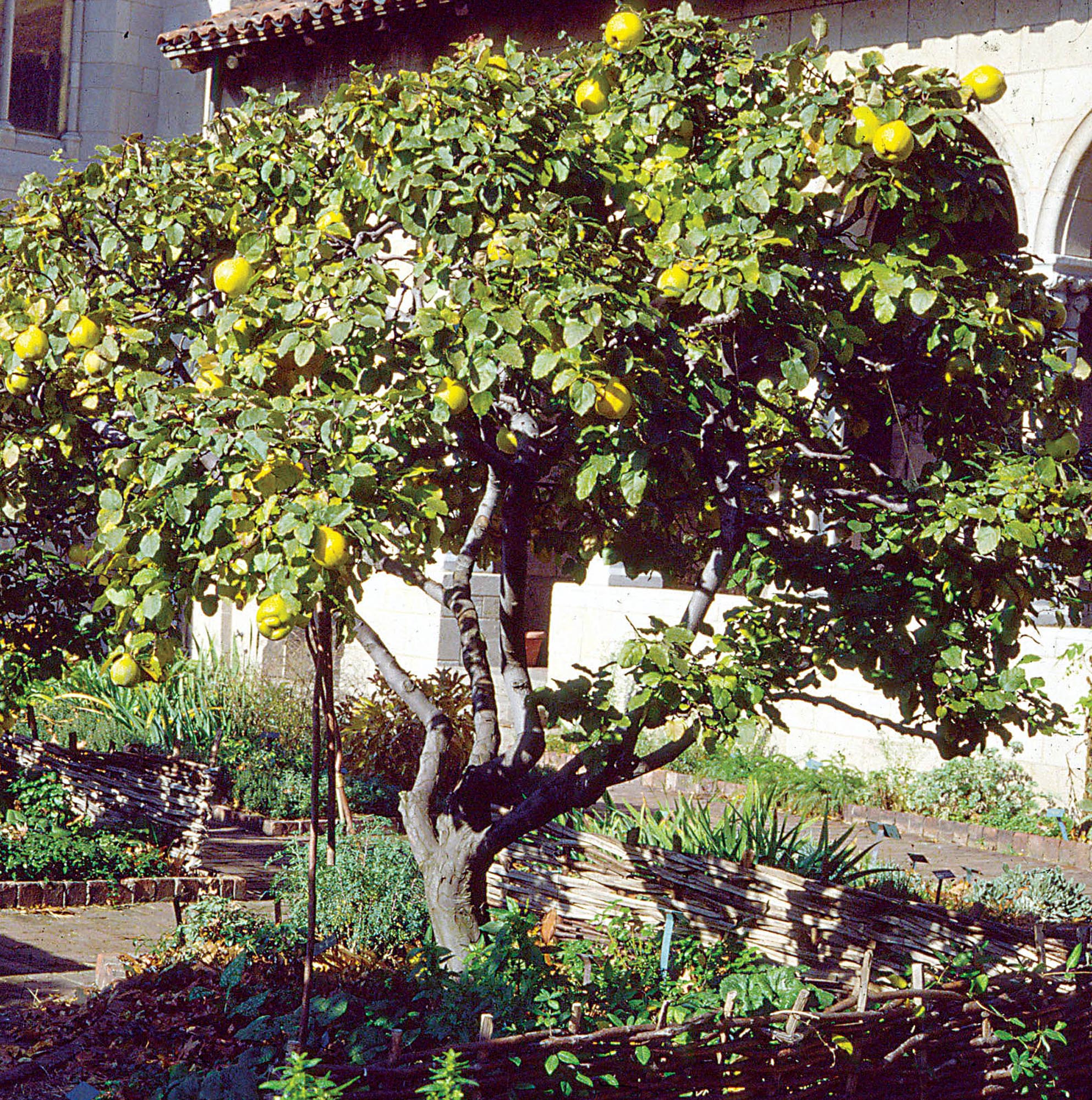
Hullo Lee-thanks for the Great De-Bunking article on composting-wonderfully helpful and reassuring! One question-can you explain the workings of the high and low bin, please? Thanks, Roxy
The sides of my bins are nested together Lincoln log style. I build it higher as I add materials to the bin. I lower the walls as I remove compost. It makes making and using compost easier.
Sorry this is a bit after the fact, but thank you for enlightening me regarding the workings of the bins. One other question-what kind of wood are yours made of?
The bins are made of so-called manufactured wood often used these days in decking. Trex is one popular brand. I used to make them out of wood, but the wood always rotted after a few years. The current bins should last a very long time. After many years, mine are still in good condition.
Thank you Lee-I thought they looked awfully good! Do you worry about any sort of leaching of the synthetic material or is it pretty inert? I made my ‘bins’-mine are pretty rough and tumble but they work-out of cypress 2×8’s. I drove rebar into the ground in pairs, laid some bricks and just slot the planks on top of each other. I only go 4 planks or so high-no where near the height of yours-you must have some pretty rich compost down there towards the bottom! Thanks for the info and thanks for all your gardening wisdom-I look forward to each new posting and often share them with friends. I’ve learned a lot from you! Roxy
First of all, thanks for the thanks.
I don’t worry about any leaching. If there was leaching, the boards would look different with age or starting to decompose, neither of which is happening.
I build my piles about 5 feet high and they sink a couple of feet as the materials compost. I have very, very nice compost one year later with one turning of the pile.
I appreciate the info-is the one turning as you’re building up the sides-a sort of halfway full turning?
No, I build piles through summer and into fall to full height. The following spring I give each one turn, then use the compost that late summer of fall.
Ah. Got it…finally! Thanks so much-I’m sure this will be helpful information for all our fellow gardeners…compost can get to be such a confusing discussion! I’m going to start following your practice. Thanks again!